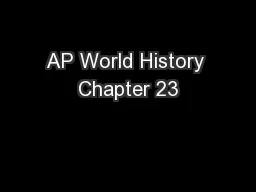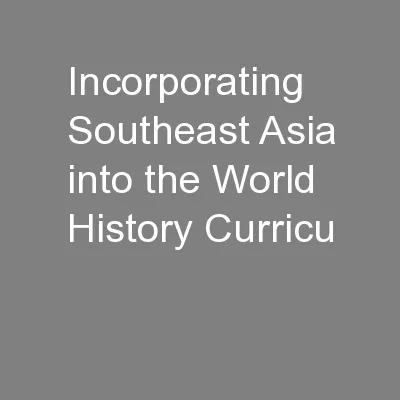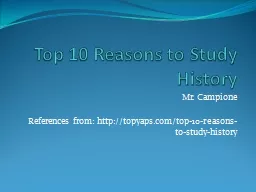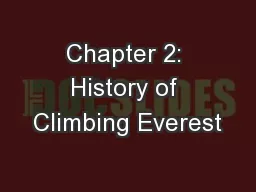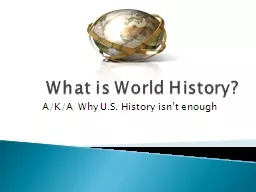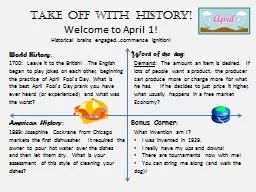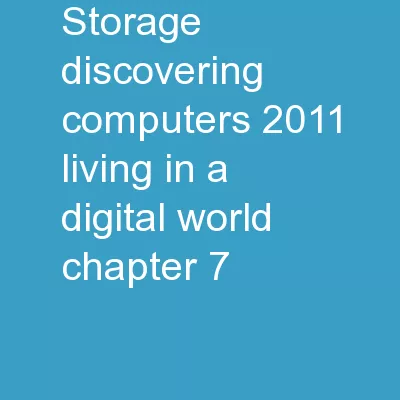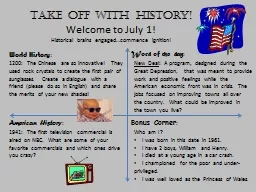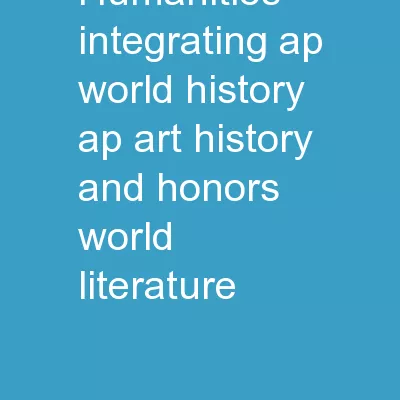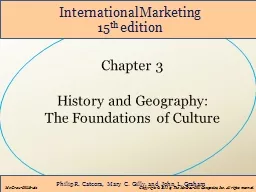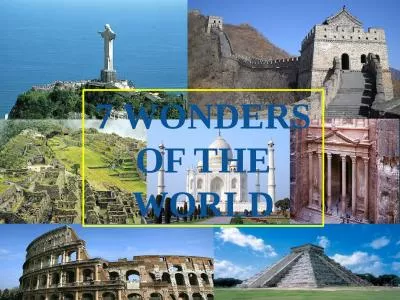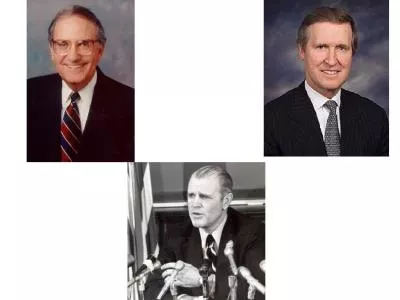PPT-AP World History Chapter 23
Author : olivia-moreira | Published Date : 2018-03-18
Independence and Development in the Global South Experiments with Culture The Role of Islam in Turkey and Iran Experiments with Culture Common issue all across the
Presentation Embed Code
Download Presentation
Download Presentation The PPT/PDF document "AP World History Chapter 23" is the property of its rightful owner. Permission is granted to download and print the materials on this website for personal, non-commercial use only, and to display it on your personal computer provided you do not modify the materials and that you retain all copyright notices contained in the materials. By downloading content from our website, you accept the terms of this agreement.
AP World History Chapter 23: Transcript
Independence and Development in the Global South Experiments with Culture The Role of Islam in Turkey and Iran Experiments with Culture Common issue all across the developing world how to balance older traditions with modernity and Western cultureoutlooks. And 57375en 57375ere Were None meets the standard for Range of Reading and Level of Text Complexity for grade 8 Its structure pacing and universal appeal make it an appropriate reading choice for reluctant readers 57375e book also o57373ers students Dr. Jim Hastings. Wingate University. What is “wrong” with this scene from Pirates of the Caribbean III?. Cultural illiteracy?. So the “problem” is not just lack of information, but it also concerns why that information/knowledge is not being imparted in college classrooms.. Mr. Campione. References from: http://topyaps.com/top-10-reasons-to-study-history. . 10. . History helps us understand the world:. History enables us to understand how the world worked then and how it works now. History provides us with the framework of knowledge that we need to build our entire lives. It takes us closer to happenings and events in the past we can know about and learn how things have changed ever since, and who were the figures and personalities that helped change the scenario.. 1852- India's surveyor general, Sir Andrew Waugh, first calculated (using trigonometry) the height of Everest and realized that it was the tallest mountain in the world. . 1856- Waugh published his findings and named it after his predecessor, Sir George Everest.. A/K/A Why U.S. History isn’t enough. Arrived in last 20 years . One of biggest developments in U.S. historical thinking. A New Field. Study major civilizations. Compare similarities and differences . Spring 2015. World History Daily Warm Ups. Each day as you come in to class, there will be 2-3 warm up questions for you to complete. . You will have the first 15 minutes of class to write and answer each of the questions.. Historical brains engaged…commence ignition!. World History. :. American History. :. Word of the day. :. Bonus Corner. :. 1700: Leave it to the British! The English. b. egan to play jokes on each other, beginning. “The Rise and Fall of World Communism”. 1917 - Present. The Cold War:. Nuclear Standoff & Third World Rivalry. The Arms Race. Race to create and amass the most nuclear weapons. Atomic and hydrogen bombs. 2. Pages 352 - 353. Storage. Discovering Computers 2011: Living in a Digital World Chapter 7. 3. Pages 352 – 353 . Figure 7-1. Storage. Capacity. is the number of bytes a storage medium can hold. Discovering Computers 2011: Living in a Digital World Chapter 7. Historical brains engaged…commence ignition!. World History. :. American History. :. Word of the day. :. Bonus Corner. :. 1200: The Chinese are so innovative! They. u. sed rock crystals to create the first pair of. Shannon Herndon. Stephanie. Tatum. Renaissance . movement based on the literature and ideas of Ancient Greece and Rome, such as the worth of each individual. Renaissance scholars refer to humanism as the “. The Foundations of Culture. International Marketing. 15. th. edition . Philip R. . Cateora. , Mary C. . Gilly. , and John L. Graham. McGraw-Hill/Irwin. Copyright © 2011 by The McGraw-Hill Companies, Inc. All rights reserved.. Redeemer. Location. : Rio de Janeiro, . Brazil. Importance. : It is an important icon of Brazilian Christianity, and it has also come to symbolize Rio. It is the fifth largest statue of Jesus in the world, and was also at one point the world's tallest Art Deco statue. Environmental history, American West, race/ethnicity/gender. Environmental history, American West, urban history. African-American history, Civil War/Reconstruction, abolitionism. Colonial, gender, family, community, environmental.
Download Document
Here is the link to download the presentation.
"AP World History Chapter 23"The content belongs to its owner. You may download and print it for personal use, without modification, and keep all copyright notices. By downloading, you agree to these terms.
Related Documents

